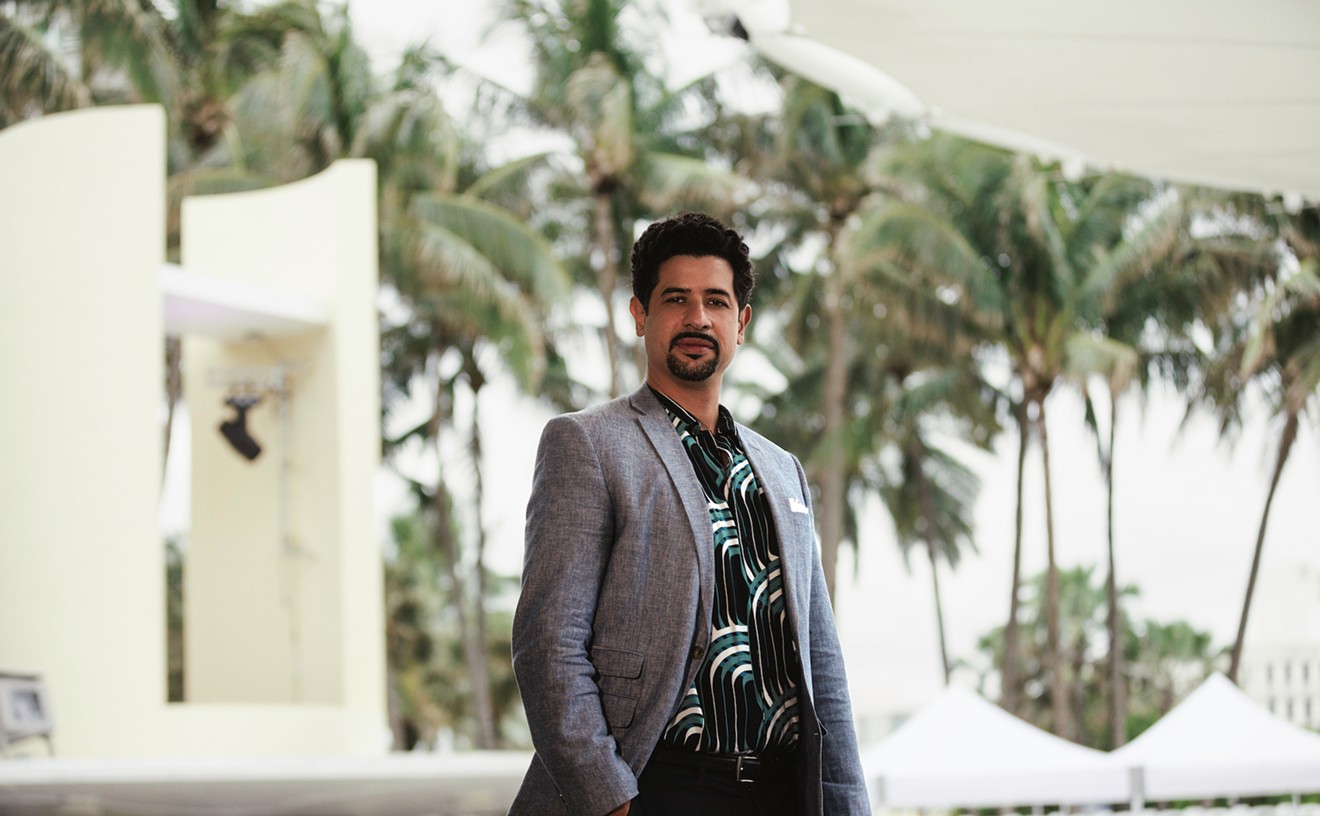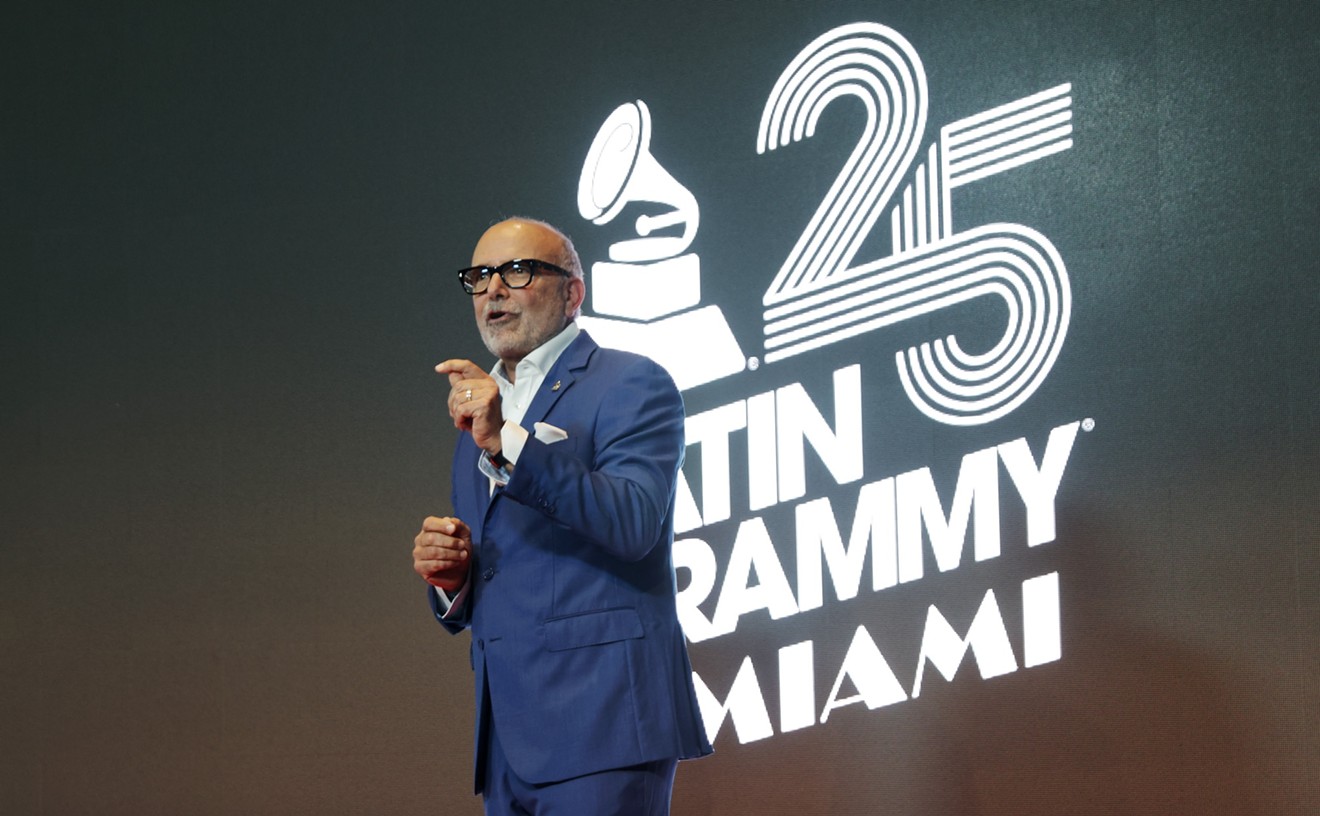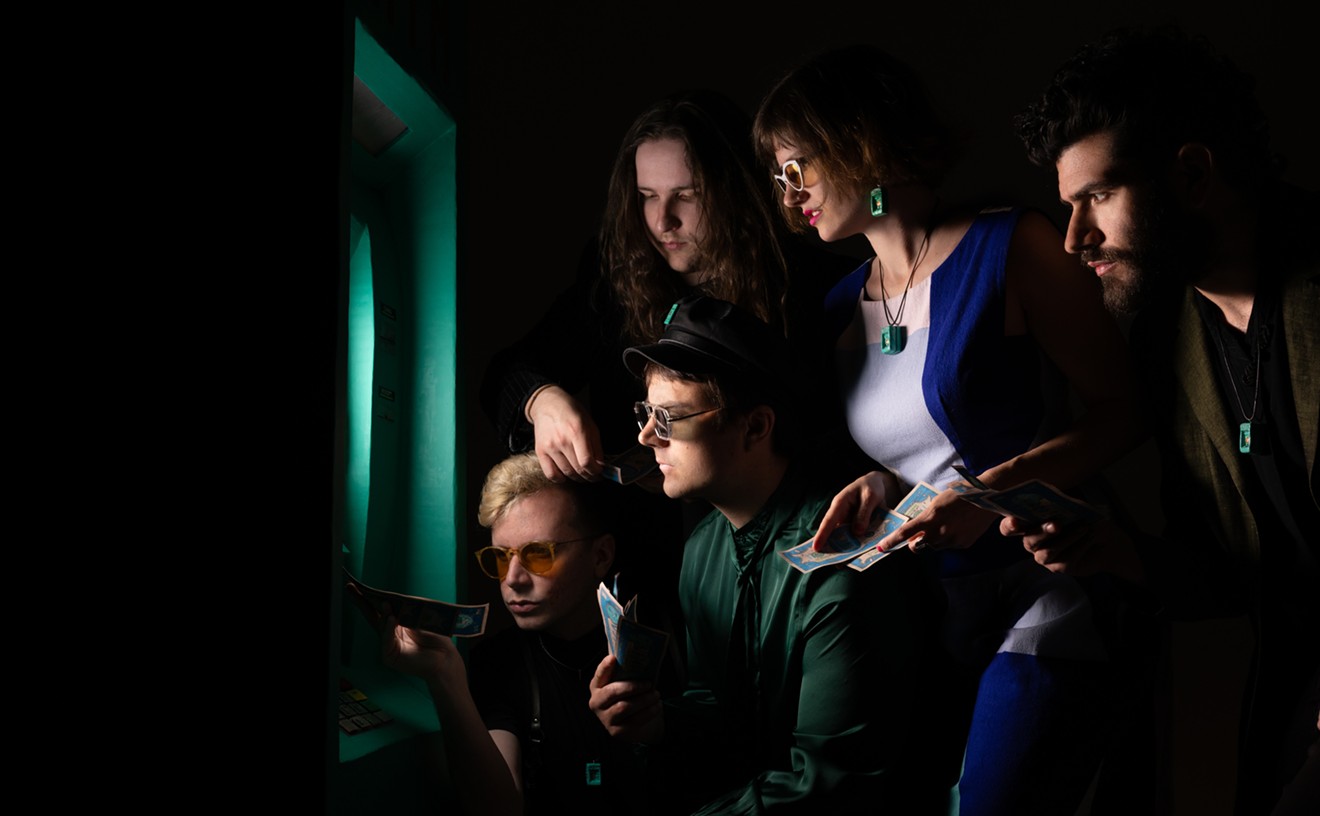Until they came along, most roots rockers found their sources in places such as Bakersfield, Memphis, and Nashville and in groups such as the Byrds, the Band, Creedence Clearwater Revival, and ensembles who integrated the twang of country music with the edginess of rock and roll. Los Lobos effectively expanded the boundaries into the heartland, from the Spanish-speaking enclaves of Southern California to the dusty towns that dot both sides of the Mexican border. These days Los Lonely Boys, Los Super Seven, the Mavericks, and the Latin Playboys (the latter whose membership includes dos Lobos, David Hidalgo and Louie Perez) have followed Los Lobos' lead by refueling Spanish songs and a distinctive Latino accent with rock's drive and determination.
It's not surprising then to find Steve Berlin, Los Lobos' sax man, keyboard player, and, oddly, only non-Chicano, acknowledging his band's role as forebears. "Inescapably yes," he agrees, before qualifying his response. "But all those waves seem to have crested and broke without us on them. Not that it bothered us. We've always been in a different place than wherever that was."
Certainly "wherever that was" wasn't the barrios of East LA, an unlikely launching place for a rock band in the mid-Seventies. Weaned on boleros, mariachis, norteño, and other folk idioms, Los Lobos -- Berlin, Hidalgo (guitar, violin, accordion, and vocals), Perez (drums, guitar, vocals), Conrad Lorenzo (bass and vocals), and Cesar Rosas (guitar and vocals) -- combined those influences with an obsession for rock and roll, Tex-Mex, blues, C&W, and R&B, creating a mesh that remains intrinsically their own.
Berlin confesses that while the bandmates were working their way toward the cultural divide, he was educating himself on their musical origins. "The band formed as a way for guys playing soul and rock covers to reclaim their souls, and it kinda grew from there," he offers. "When I met them, I knew exactly nothing about Mexican music and the sax tradition within it. They asked me if I wanted to learn. It too grew from there." Los Lobos' career now spans 30 years, thousands of gigs, and several albums, EPs, and compilations.
When Los Lobos graduated from their neighborhood haunts in the late Seventies, they began sharing stages with other upstarts of the punk/New Wave era such as the Go-Go's, X, and the Blasters. Following a pair of EPs, the homegrown Del Este de Los Angeles and And a Time to Dance, Los Lobos released their full-length debut How Will the Wolf Survive for Slash, a punk label operating under the aegis of Warner Bros. Records, to reams of critical kudos in 1984. It still stands up as one of the band's best efforts, a compelling mix of Southwestern soul, spirited rock and roll, and rootsy folk that left an indelible imprint.
Then in 1987 came Los Lobos' contribution to the La Bamba soundtrack and their mega-successful cover of the title tune, a traditional Mexican folk song originally reworked by Fifties rocker Richie Valens. Suddenly Los Lobos were international icons.
"We were as shocked as could be," Berlin admits. "Nobody could have thought a movie by a first-time director with no stars whatsoever about a sixteen-year-old singer who dies in a plane crash was gonna do big box office, much less a song from said movie. Nice circumstance though, and we certainly enjoyed every minute of the ride, but when the hubbub died down, we were right back where we started."
About the same time, Los Lobos released their second album of original material, By the Light of the Moon. It was a strong followup that was all but overshadowed by La Bamba. Their next attempt was 1988's La Pistola y el Corazón, a set sung entirely in Spanish. It marked a return to their barrio roots but was a complete commercial disaster. "The Spanish album was our soul reclamation project after La Bamba," Berlin explains. "We needed a high colonic. Not that any aspect of [La Bamba] was unpleasant in any way -- we just needed to get ourselves back on track after the utterly anomalous success of this little movie soundtrack that we did in our spare time."
By this time, the band members had turned their backs on commercial concerns to concentrate on pushing their parameters. Released in 1992, the erratically experimental Kiko offered up atmospheric instrumentation and unlikely arrangements, a varied blend of weary blues, border ballads, Appalachian laments, Dixieland, zydeco, and psychedelia, all enveloped by producer Mitchell Froom's expansive musical visions. A worthy but controversial attempt, it was loved by some and despised by others, although it holds up well in retrospect. The next record, a 1995 children's disc titled Music for Papa's Dream, wasn't a fan favorite.
Berlin maintains they deliberately tampered with their formula in order to keep themselves fresh. "We have low boredom thresholds and thick filters. So by the time the music gets through that, it's usually pretty good, and we do so much different stuff that by the time we're tired with one disguise, we're fitting a new one on," he explains. Their 1996 CD, Colossal Head, proved even less accessible than Kiko, and they subsequently fell victim to Warner's latest wave of roster cuts. A new deal with Disney-owned Hollywood Records led to the fittingly titled 1999 effort This Time. But that same year an even greater trauma hit home when Rosas's wife Sandra was kidnapped and murdered while the band was away on tour.
Eventually Los Lobos' luck improved. They released the well-received Good Morning Aztlán in 2002 and two years later The Ride, an album touted for a star-studded list of guest players that included Elvis Costello, Rubén Blades, Richard Thompson, Tom Waits, and Mavis Staples. "We tried to pick people that had a direct effect on us, be it through example or influence," Berlin recalls. "We just called them up. We expected a batting average around .500 and it was more like .900. We had only two no's out of many requests."
Aside from the influx of collaborators, The Ride stands out as a stirring summation of Los Lobos' essential strengths, evidenced in the compelling reworkings of some of their earlier songs (including a cover of Kiko's "Wicked Rain" with Bobby Womack), and it reflected their ever-expanding musical palette. Ride This, an EP of cover songs by some of the participating artists, quickly followed. It was, as Berlin puts it, "simply our way of saying thanks to the folks that came and played on our record."
Earlier this year the band marked another milestone when it released its first concert collection, Live at the Fillmore, recorded live at San Francisco's fabled Fillmore Auditorium. But ultimately it's the band's perseverance that impresses. With all the original members intact after more than three decades of performing together, Los Lobos show that few groups are as durable artistically and creatively. More important, they prove that rock can truly be a transcendent thing. They make a continually challenging yet exhilarating sound stirred from a true musical melting pot.
"It's the old law about the sum greater than the parts," Berlin says. "When we get together, a special noise happens, and it generally makes us happy, so it isn't as hard as you might think."










